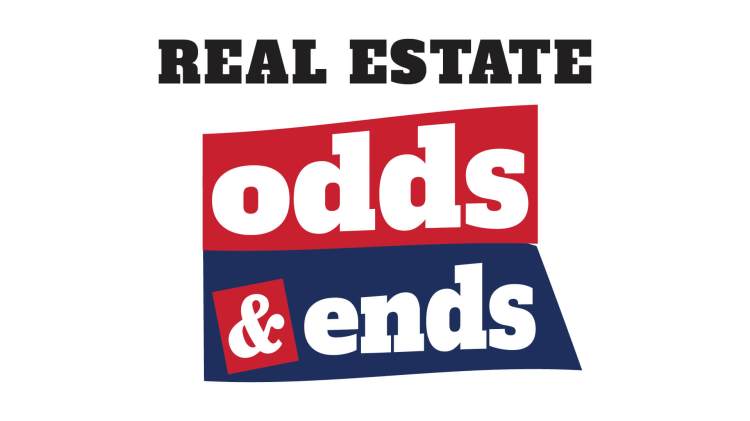| Avg Sales Price | YOY Change | Median Price | YOY Change | No. of Sales | YOY Change | Volume | YOY Change | |
| Elliman | $1,675,998 | -4% | $890,000 | 7.90% | 517 | 0 | NA | |
| BHS | $1,754,252 | 0 | $899,500 | 5.80% | 342 | 8.20% | NA | |
| Corcoran | $1,870,000 | 6% | $960,000 | 7% | 601 | 2% | $1,110,000,000 | 8% |
| T&C | NA | $917,555 | 7.95% | 334 | 8% | $596,233,806 | 8.22% |
As of today, the real estate agencies who monitor and compile sales data have released all their 3Q of 2017 market reports for the Hamptons. We’ve compiled the major data into a handy-dandy chart, above.
Next question: why all the wildly differing results? It’s very hard to tell because each agency compiles its data differently. Corcoran, for example, lumps all sales together, both single family and condo-co-ops, to get its number of sales. Elliman breaks it down, but still, one comes up with 517 sales and the other 601. We don’t know why. All the agencies survey the same area, the Town of Southampton (from Remsenburg on), the Town of East Hampton and the Town of Shelter Island. Some break it down further into east and west of the canal or by area (such as Sag Harbor and Sag Harbor Village) but not all do, and the numbers above are totals which should be more alike than they are.
Brown Harris Stevens and Town & Country count only single-family homes for their numbers. We’re confused about BHS’s total number of sales, listed as 342, because when we added up all the sales ourselves from each area surveyed by BHS, we got 335 sales, almost the same as T&C. We can’t explain where the extra 7 sales BHS is reporting for the total number. Is it a mistake or is there more data we don’t know about?
Why is Corcoran’s average price so much higher than BHS’s and Elliman’s? We don’t know. Are they perhaps listing multiple parcels sold together as one sale, which would make for a higher average price, while other agencies don’t? For example, say Property A is made up of two parcels, 100 Main Street and 102 Main Street. 100 Main Street sells for $1 million and 102 Main Street sells for $500,000, both being sold on the same day by the same person to the same buyer. It’s a judgment call, then, whether this was a $1.5 million sale or two sales averaging $750,000. This might also account for discrepancies between total sales numbers.
What do you think? Is this kind of analysis useful?
























